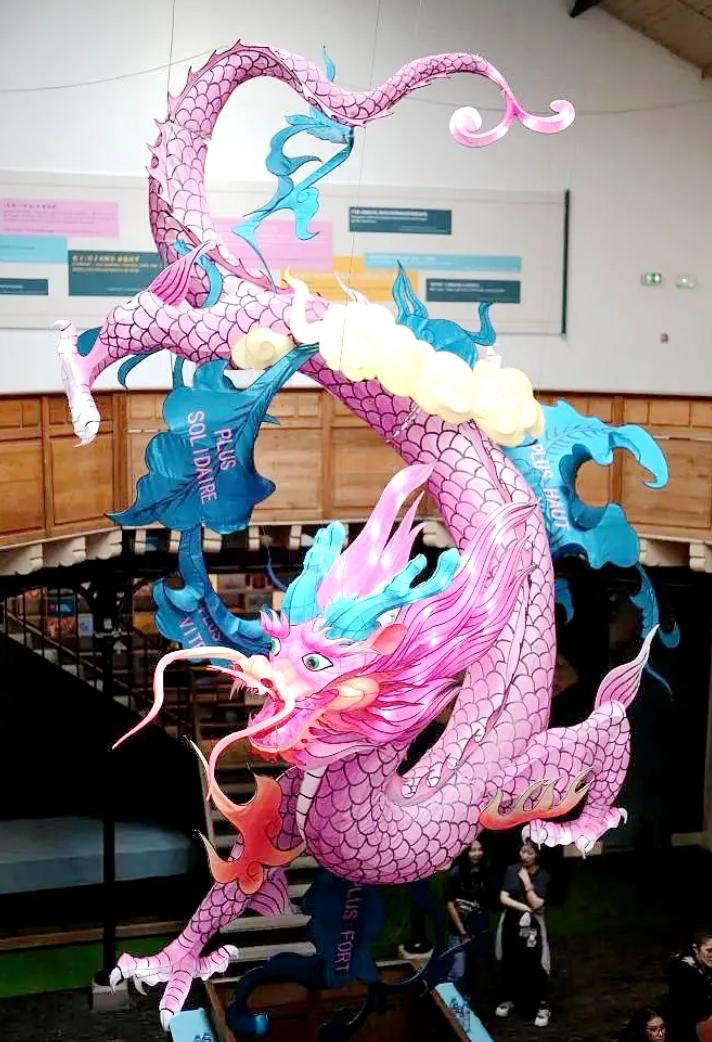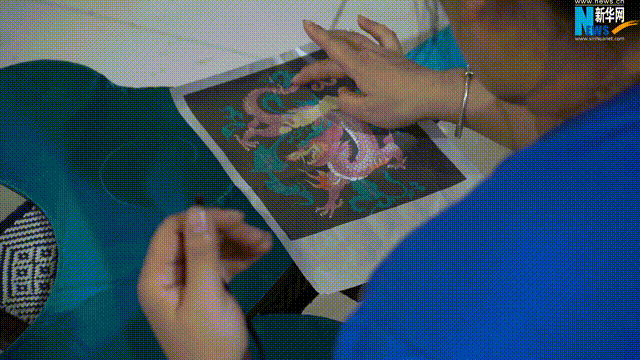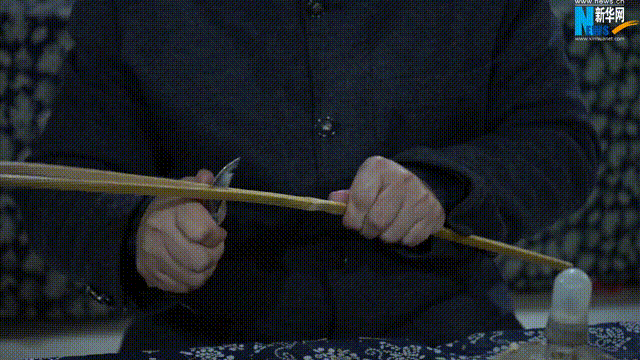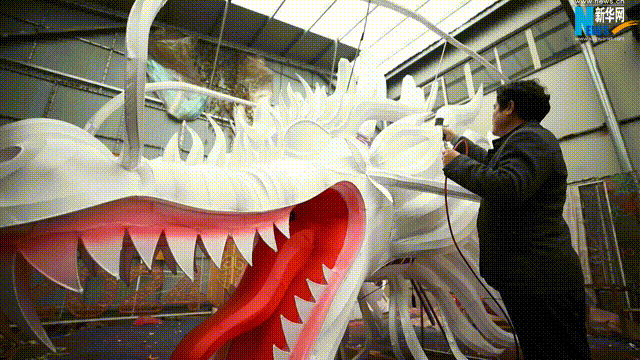
Meikei Huang writes about master kite-maker Wang Yongxun, whose creatures of the sky connect peoples across the world.
The history of Weifang kites can be traced back to the Spring and Autumn Period. According to Han Feizi Wai Chu Shuo, “Mozi lived on Mount Lu. He carved wood into a kite, and after three years it was completed. It flew for one day before it broke.” In other words, Mozi spent three years making a wooden bird out of planks, but it only flew for a single day before failing. This “wooden kite” or “wooden bird” made by Mozi is regarded as the earliest kite in China, and also the earliest kite in the world.
By the Song dynasty, kite flying had already become popular in the area of present-day Weifang. In the Ming dynasty it became even more widespread, with many artisans specializing in paper kites. As the custom of kite flying spread, Weifang kites reached their peak during the Qing dynasty.
Although Weifang kites were already well known, their true global recognition came with the launch of the Weifang International Kite Festival. When talking about the festival, one cannot forget a foreign name: David Checkley.
In May 1983, at the China Export Commodities Fair held in Shanghai, 28 Weifang kites presented by Weifang Arts & Crafts drew attention from domestic and international visitors. The most striking piece was a centipede kite with a dragon’s head, stretching 50 meters long. At the time, David Checkley, president of the Seattle Kite Association in the United States, happened to be there. Seeing the kites for the first time, he was amazed and insisted on bringing some back to his country. As a result, from April 1–3, 1984, Weifang hosted its first International Kite Festival. It was a sensational event, and in the years that followed, the festival grew in scale. Beginning every April 1, it would last for a full month. To this day, the Weifang International Kite Festival has already celebrated its 40th session. Weifang is now officially recognised as the “World Capital of Kites.”
About 30 years ago in Yangjiabu, Weifang, a young man stepped into a small workshop and began making kites with full dedication. Over the next three decades, he advanced from inheritance to innovation, and from industrial development to creating a comprehensive folk art hub. Wang Yongxun is now a national-level intangible cultural heritage inheritor and vice chairman of the China Kite Association. What he relied on are the very qualities embodied by kites themselves: free and open-minded thinking, a far-sighted vision, and a rhythm attuned to the flow of circumstances.
As the Paris Olympics approach, the Chinese Olympic Committee, together with the China Sports Museum and the Beijing Olympic Museum, organised a cultural exhibition titled Dragon and Horse Spirit: The Spirit of Sports in China. Among the highlights is the “Chinese Dragon” lantern, created by Wang Yongxun and his team from Weifang, Shandong—an intangible cultural heritage project. This lantern integrates elements of traditional Weifang kite-making and lantern craftsmanship, presenting Chinese intangible cultural heritage on the world stage.
In an interview, Wang Yongxun recalled the honour and responsibility he felt upon receiving the invitation:
“In mid-May we were invited to create the ‘Chinese Dragon’ lantern for the exhibition in Paris. The Olympics is a global event, and the chance to showcase our intangible cultural heritage to the world is something I am both excited and confident about.”
Design and crafting process

When designing the lantern, the team carefully considered how to balance tradition with modernity. Initially, they envisioned a dragon leaping into the air, but to harmonise with the historic architecture of the exhibition site, they decided to use a support-frame structure. The final lantern measures about six meters long and five meters wide, placing it among large-scale lantern works. To ensure safety and reduce transport costs, the team chose to use traditional bamboo-strip handcrafting instead of the more common welded steel framework.

This choice, however, brought new challenges. As Wang explained:
“Bamboo strip weaving is common in kite-making, but when applied to a large lantern, the difficulty increases greatly—especially in crafting details like the dragon’s scales. We had to heat-shape and hand-fix each bamboo strip. Though complex, this method met safety requirements and revealed the unique charm of traditional craftsmanship.”
Difficulties and innovations

Transportation posed one of the most significant challenges. Because of size restrictions for air transport from Weifang to Paris, the lantern had to be dismantled into more than a dozen parts—head, body, tail, claws, and decorative motifs—then reassembled and painted on site. This process required extreme caution to avoid damaging the delicate bamboo structure.
To enhance its international appeal, the team also innovated in colour and lighting design. Instead of only using traditional red, green, and gold, they developed a colour scheme that combined Chinese cultural symbolism with modern aesthetics, aligning with the Olympic venue’s tones. They also installed eco-friendly LED lights to highlight the lantern at night.
Cultural mission
For Wang, this project reflects a deeper responsibility:
“As a guardian and transmitter of intangible cultural heritage, I must balance inheritance and innovation, always respecting tradition while integrating modern elements. Intangible heritage should not remain isolated in the past, but should evolve with the times and connect local culture with the global stage.”
Ultimately, the “Chinese Dragon” lantern is not just an artistic display, but a cultural bridge—linking history with the future, and China with the world.
About Meikei Huang
 Meikei Huang is a Fashion designer who has studied Fashion design in RMIT, Melbourne, specialized in textiles, for 6 years. She’s now focus working on Visual Merchandising and have also continued to work as freelance fashion designer in Melbourne.
Meikei Huang is a Fashion designer who has studied Fashion design in RMIT, Melbourne, specialized in textiles, for 6 years. She’s now focus working on Visual Merchandising and have also continued to work as freelance fashion designer in Melbourne.

